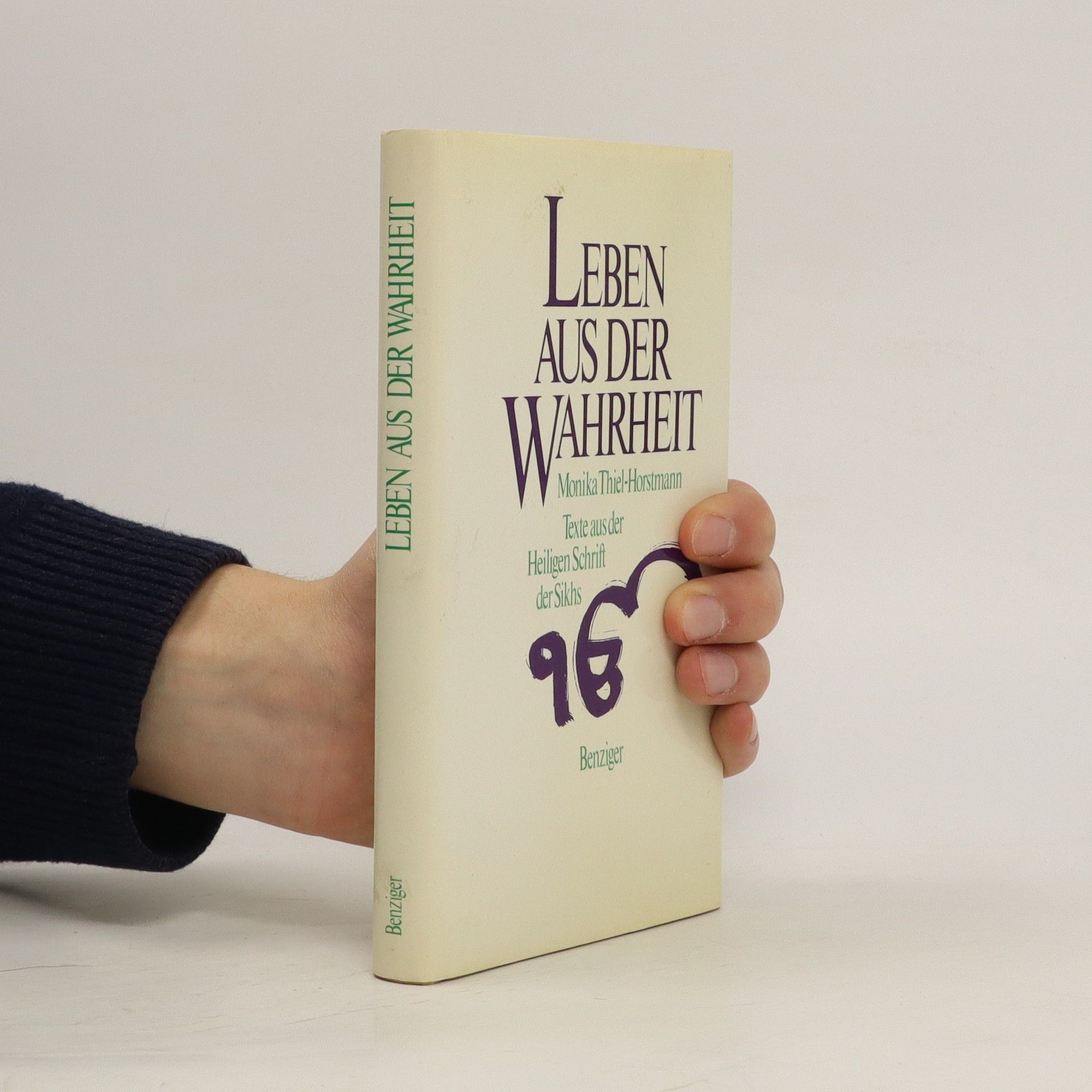Dieser Band enthält Gedichte von 13 indischen Dichtern und Dichterinnen. Sie schreiben in Hindi, der wichtigsten indischen Sprache. Engagiert nehmen sie zu sozialen und gesellschaftlichen Fragen Stellung.
Monika Boehm-Tettelbach Bücher
3. Juni 1941



Bhakti and Yoga: A Discourse in Seventeenth-Century Codices
- 292 Seiten
- 11 Lesestunden
The Dādūpanth religious order, originating in Rajasthan around 1600, created significant manuscripts that reflect the voices and decisions of their compilers and copyists, primarily sadhus who also utilized these texts. These large codices served as study manuals and homiletic tools, encapsulating the intellectual and religious landscape of their creators. They simultaneously transmit bhakti texts and yogic vernacular works, documenting the intricate dialogue between bhakti and yoga while exploring their commonalities and boundaries.